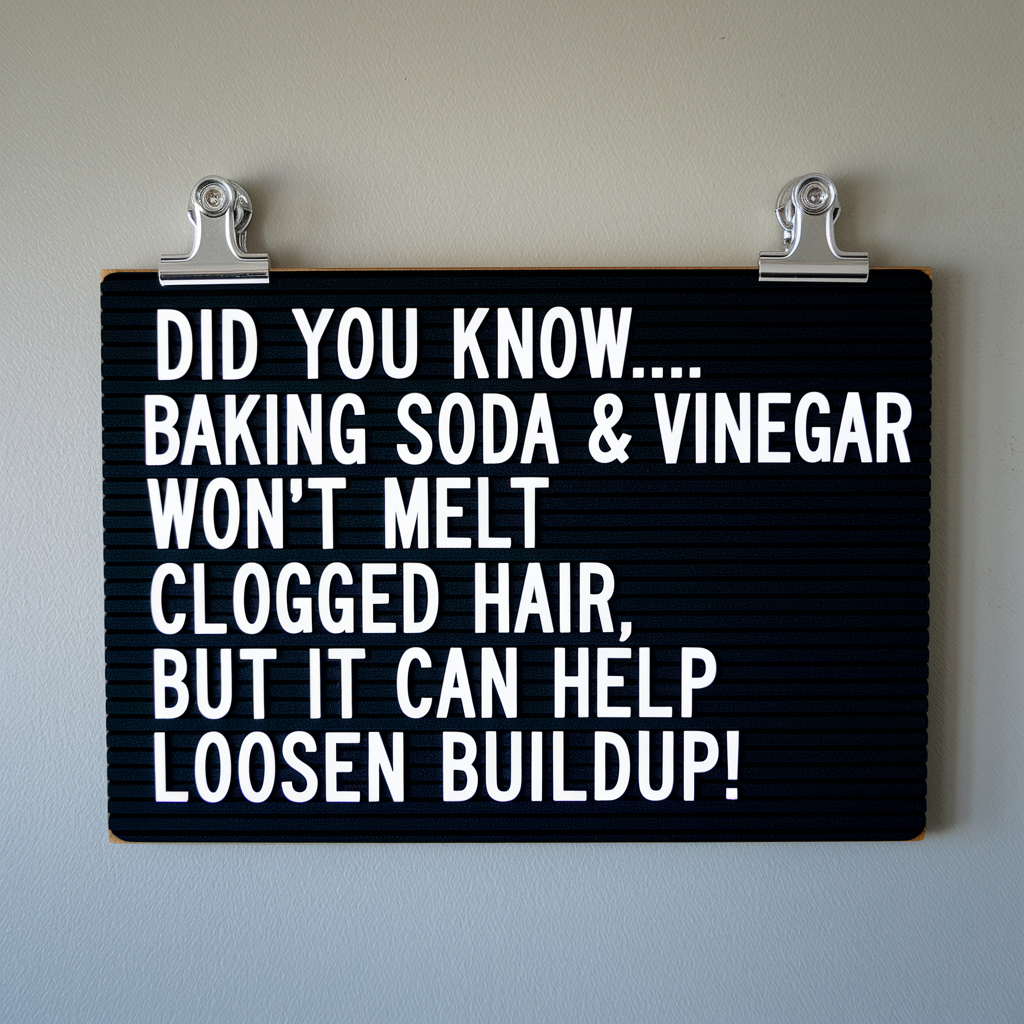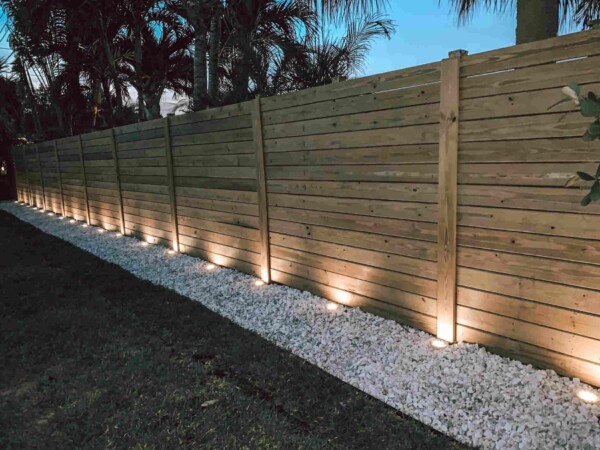
Does Baking Soda and Vinegar Dissolve Hair in a Drain? (I Tried It So You Don’t Have To)
I’ll admit it — I didn’t think much about my bathroom drains until one day the shower water was up to my ankles before I’d even finished shampooing. Gross. At first, I blamed the drain cover. Then the shampoo. Then maybe some mystery plumbing issue. But the truth was simple: hair. Lots of it.
And when you Google how to fix it, the first thing that pops up (besides pricey products or snake tools) is the classic:
baking soda and vinegar.
But do baking soda and vinegar actually dissolve hair?
That’s what I wanted to find out. And spoiler alert: the answer is… sort of, but not how you think.
Let me walk you through exactly what happened when I tested this combo in my own slow shower drain, how it helped (and didn’t), and the right way to use it so it actually makes a difference.
Want to skip straight to my full DIY clog-clearing guide? Go here 👉 🛁 How to unclog a drain with hair – my best solutions
Do Baking Soda and Vinegar Really Dissolve Hair?
Let’s get one thing straight: no, baking soda and vinegar will not magically melt hair like a drain-dissolving acid.
Human hair is made of keratin, which is a super tough protein. That’s why it takes industrial-strength chemicals (or extreme heat) to actually break it down completely. Vinegar is acetic acid, and baking soda is a base — so they react when combined, but they’re not powerful enough to “dissolve” keratin.
So why does everyone recommend it?
Because what baking soda and vinegar do is:
- Loosen gunk, grime, and greasy buildup that holds the hair in place
- Create bubbling action that can help dislodge partial clogs
- Reduce odors and slow drain flow caused by buildup
- Keep minor clogs from becoming major ones when used regularly
Here’s What I Did (And What Happened)
My shower drain was draining super slow — not totally clogged, but annoying enough that water pooled every time I used it. I wanted to see if the baking soda and vinegar method could help before going full snake-mode.
My Process:
- Boiled a full kettle of water
- Poured ½ cup baking soda down the drain
- Poured 1 cup white vinegar in afterward
- Covered the drain with a plate to keep the fizz inside
- Let it sit for 15 minutes
- Flushed with the boiling water
The reaction fizzed up like a science experiment. After flushing it with boiling water, I noticed some improvement. It wasn’t fully fixed, but it was better — enough to buy me time before needing tools.
What Worked (and What Didn’t)
👍 What Helped:
- The fizzing broke down soap scum and gunk around the hair clog
- It made the drain smell way fresher
- It slightly improved flow, especially the next morning
👎 What Didn’t Work:
- It didn’t fully dissolve or remove the hair
- The improvement was temporary
- If the clog had been deeper or more severe, this method wouldn’t have cut it
When to Use Baking Soda and Vinegar for Hair Clogs
This method works best as a preventative or early fix when:
- Your drain is slow, not fully blocked
- You clean it regularly and just need to maintain flow
- You want a chemical-free option
- You’re not ready to snake the drain yet
If your drain is fully backed up or you’ve tried this trick multiple times with no result? Time to go bigger. That’s where tools, tweezers, or even a plumbing snake come into play.
I break down those options here 👉 🧰 Best DIY methods for hair clogs
How Often Should You Use Baking Soda and Vinegar?
I now use this method about once a month as a maintenance routine for my shower and bathroom sinks.
It keeps buildup from forming around hair strands and slows down future clogs. I especially recommend doing it after you clean the drain or pull out any visible hair — it helps clear the leftover gunk that hair often traps.
Other Natural Drain Remedies I Tried
🧼 Dish Soap + Boiling Water
This helps break up grease, but didn’t do much for hair.
🧂 Salt + Baking Soda + Vinegar
Some people swear by this — it adds grit to the reaction and helps scrub as it fizzes.
🍋 Lemon Juice Instead of Vinegar
Smells great, works about the same, but more expensive.
None of these methods actually melt hair. But they can all help loosen the goo that’s holding hair in place — and that’s half the battle.
Best Practice: Use It With a Drain Hair Tool
Here’s what I do now:
- Use a drain hair removal tool (those plastic barbed strips — cheap and effective)
- Then follow up with baking soda + vinegar
- Rinse with boiling water
This combo works way better than either step alone. I explain the full process here 👉 🛠️ How to clear a hair-filled drain without a plumber
Common Questions About Vinegar & Baking Soda for Clogs
Will vinegar and baking soda damage my pipes?
No — they’re safe for metal and PVC pipes. In fact, they’re much gentler than most chemical drain cleaners.
Can I leave the mix overnight?
Yes — letting it sit longer can help loosen deeper grime. Just don’t forget to flush with hot water in the morning.
What if it fizzes but nothing changes?
That likely means the clog is too deep or dense for fizz to reach — time for a tool or a pro.
My Honest Take: Worth Trying, But Don’t Expect Magic
I’ll always keep baking soda and vinegar stocked in my cabinet. It’s cheap, natural, and works great as part of a routine. But if you’ve got a deep, stubborn clog? Don’t expect it to magically melt a chunk of hair.
It’s not a miracle — but it’s definitely helpful.
If you want to see the rest of the methods that worked better for me — including the tool I now swear by — check out 👉 🚿 The best ways to clear hair clogs without chemicals
As an Amazon Associate we earn from qualifying purchases through some links in our articles.



